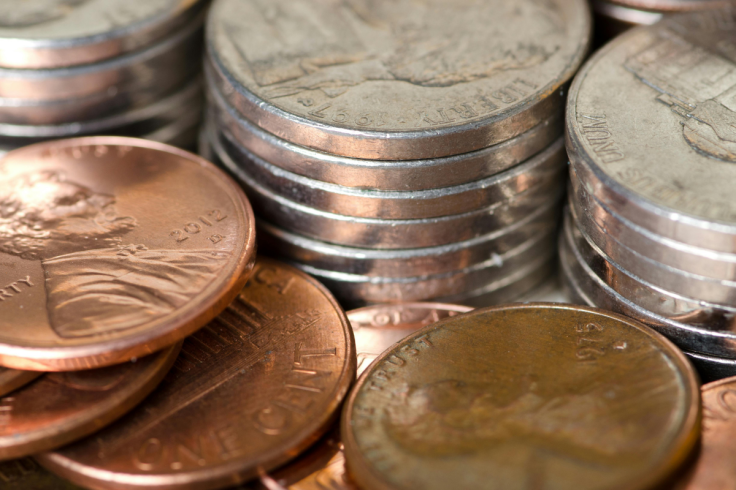
The penny is finally on its way out. On 22 May 2025, the US Treasury Department confirmed it had placed its final order for penny blanks, marking the beginning of the end for a coin that has been in circulation since 1793. The US Mint will continue producing one-cent coins only until its current stock of blanks is exhausted, with the final pennies expected to enter circulation by early 2026.
This move comes in response to a directive from President Donald Trump, who labelled the penny a 'waste of government resources'. At present, it costs nearly four cents to produce a single penny, resulting in an annual loss of more than £67.15 million GBP. The White House has framed the decision as part of broader efforts to eliminate inefficiencies in federal spending.
Sentimental But Pointless: The Penny's Real Value Has Long Vanished
While the penny has retained cultural and historical significance—featuring Abraham Lincoln since 1909—its practical relevance has sharply declined. Its purchasing power is virtually meaningless. You can't use it in vending machines, parking meters, or many self-checkouts. Most people simply toss them into jars and forget about them.
For many, the penny is more of a nuisance than a necessity—cluttering wallets without adding value. Its limited usability and high production cost have led economists and policymakers to push for its elimination. Now, that long-suggested change is becoming reality.
More Expensive Than It's Worth
Though once made of copper, the penny has been mostly zinc since 1982—97.5% zinc and 2.5% copper—to reduce costs. But even with cheaper materials, rising costs for labour, manufacturing, and distribution still mean that every penny minted is a financial loss.
Other countries have already faced this issue and acted decisively. Canada, Australia, and New Zealand eliminated their lowest-denomination coins years ago. They've adopted 'Swedish rounding'—a system where cash transactions round to the nearest five cents—while digital payments continue to charge the exact amount.
What Happens Now?
The penny will remain legal tender, so there's no need to rush to offload them. You'll still be able to spend them, though they'll slowly vanish from tills, pockets, and piggy banks as banks stop reordering them and retailers adjust.
Businesses will be encouraged to adopt rounding policies for cash purchases. For example, a bill of £3.61 ($4.57) might round down to £3.59 ($4.55), while £3.62 ($4.58) would round up to £3.63 ($4.60). Research from countries that already use this method suggests that, over time, the rounding evens out and has minimal effect on consumers.
A Political Statement with Financial Weight
The decision to end the penny's run isn't just about coins—it sends a broader political message. The bipartisan 'Make Sense Not Cents' Act, introduced in Congress, pushed for this change in the name of cost efficiency and modernisation.
The Treasury projects savings of around £44.24 million GBP per year, which could be redirected toward public services or national debt reduction. The US Supreme Court declined to intervene, clearing the final legal hurdle for implementation.
Not Everyone's Ready to Let Go
Public sentiment is mixed. Older generations in particular view the penny with fondness, considering it a piece of American history rather than just currency. One penny even made it to Mars—used as a calibration tool on NASA's Curiosity rover.
Still, attitudes are shifting. A 2022 national survey found that 58% of Americans supported the coin's elimination once they learned how much it costs taxpayers. Younger people, accustomed to digital payments and contactless transactions, are especially unfazed by the change.
The penny's phase-out marks the end of an era in American money—but it won't be a dramatic one. The coin will still be accepted, but by mid-2026, it will become increasingly rare. Eventually, the humble penny may find new life as a collector's item, a nostalgic keepsake, or a symbol of shifting values—both fiscal and cultural.







